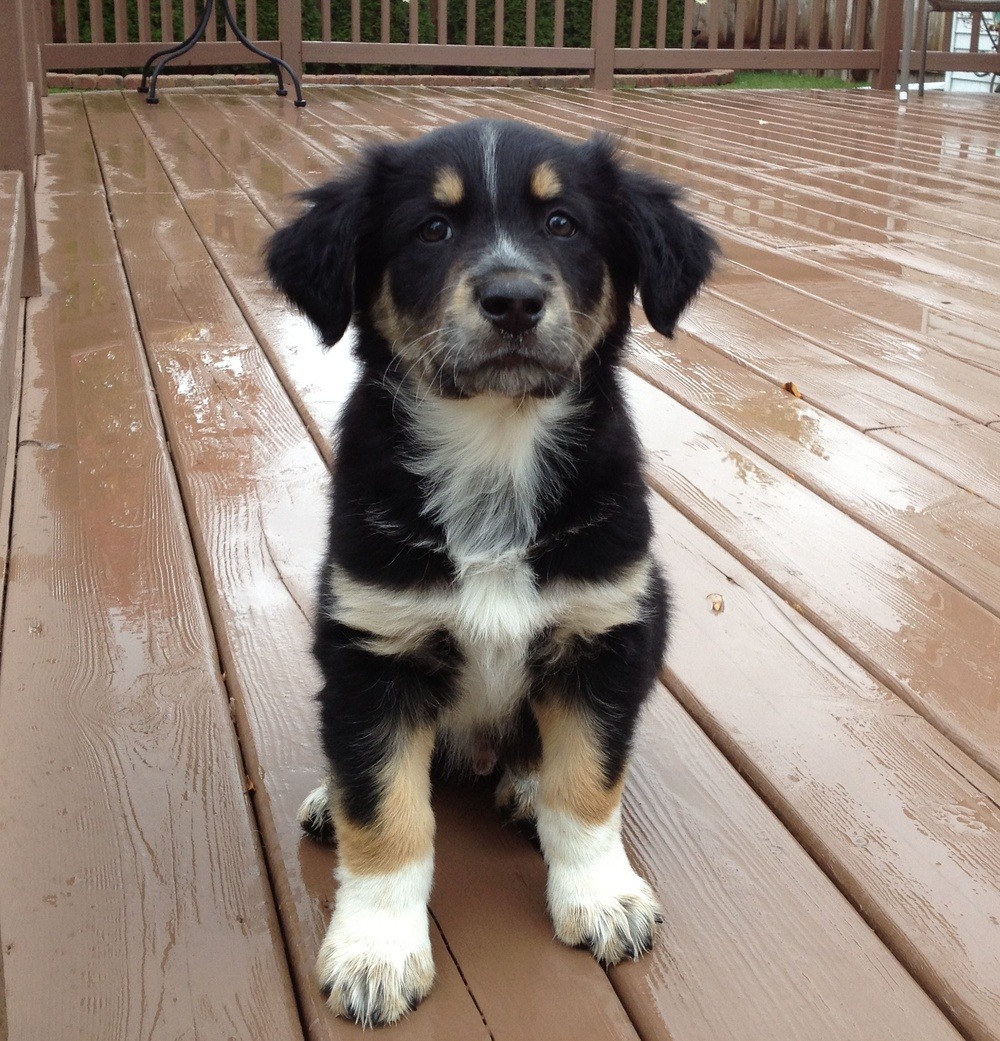Puppy Obedience 101
Your tone of voice and body language are key elements in puppy obedience training. That’s why when choosing a dog training program through the Internet make sure that the lessons include both audio and videos. It’s important for you to learn exactly what to say along with the right posture and the tone of voice that will be most effective in training your dog.
Are You Rewarding Bad Behavior?
I watched a young woman trying to take her strong little pup for a walk. He sat down and just did not want to move. She would drag him a few feet and then give him a treat. Then he would stay and not move…get dragged a few more feet…and then get another treat. She didn’t realize it but she was training her dog to NOT move whenever she took him for a “walk” on his leash… that way he got a treat!
Here are a few more…
Your dog barks and whines to come back inside after he’s been outside for a few minutes. You jump up and let him back, feed him, or let your puppy out of the crate at night or pet him. Pretty soon, your dog will have mastered the lesson you just taught him. Whenever he makes a lot of noise, you taught him he gets a reward!
If your dog is fearful and starts to shake and whimper and you comfort him by petting, you are rewarding a behavior that is unwanted. Just like young children feel: Negative attention is better than no attention at all.
Here’s How to Stop It
First, I want to sincerely congratulate you for taking the initiative to learn some basics of teaching your pet. Learning what not to do is just as important as learning what to do. And so, here’s the secret:
IGNORE IT!
Hopefully, your neighbors will understand for a few days. You could also explain to them that this step is important for THEIR future peace of mind.
Don’t answer the door or pet him when he’s making a ruckus. WAIT until he stops and is quiet for a minute or so. Give him great praise as long as he remains quiet. If he starts up again, ignore him and walk away. Good behavior gets rewarded: bad behavior doesn’t.
More Tips
Teaching your puppy to “sit” is the foundation of training your puppy for obedience. It’s important for you dog to learn to keep him in you control whenever you put his leash on, before crossing a busy street or when there are other tempting distractions around (like other dogs).
Always praise your dog whenever she does what you asked. There is NEVER any reason to hit your dog. A stern voice along with the correct body posture is enough. If you (or a family member) hit your dog, then your pet just become anxious and fearful.
Practice longer and longer sit times and from farther and farther away. Short training times are best – 5 – 10 minutes per session, 3 days per day. That’s much better for your pup than one long 15-30 minute training time.
Also, ALWAYS end training time with PLAY time. Obedience training makes all the difference.


















